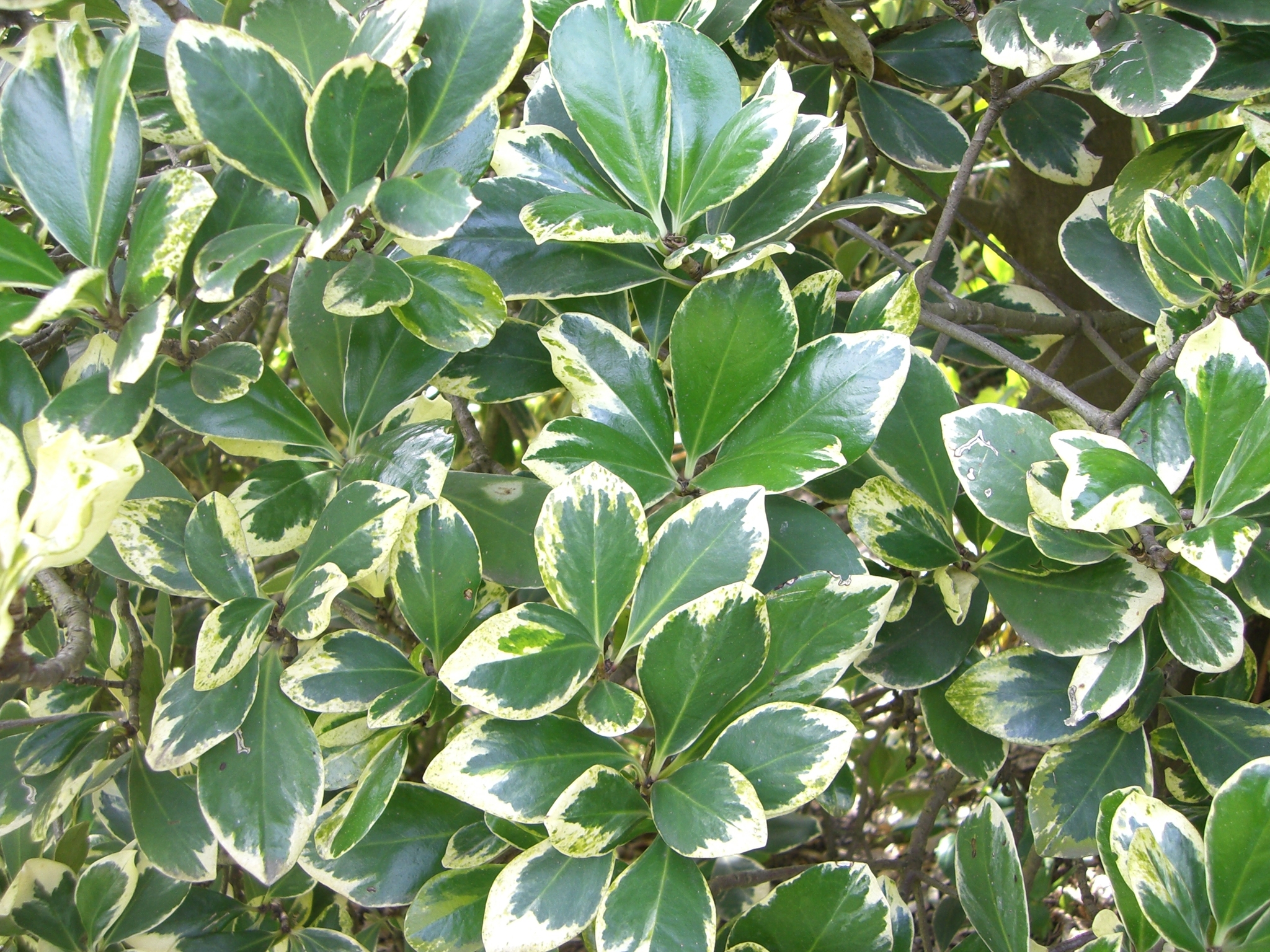
Large shrub to medium-sized tree to about 15 m tall. Leaves thick, entire, 10-15 cm long, 5-7 cm wide, elliptic to obovate-oblong, leathery and mostly glossy, the margins generally slightly turned under, slightly asymmetric. Leaf stalks 1-1.5 cm long. Flowers white in terminal clusters to about 20 cm long, each flower 4-5 mm wide. Fruit ovate, orange and fleshy, 2.5-4 cm long.
The fruit kernel is extremely poisonous. Grows naturally in coastal groves of the N and S Islands as well as the Chatham and Kermadec Islands.
A popular plant of the 19th century, found in many old gardens.
New Zealand.
Thick, slightly asymmetric leaves; orange fruits.
VIC: Caulfield (Park); Fernshaw (Reserve); Footscray (Park, N entrance); Geelong (Bot. Gds); Mt Macedon ('Alton').
Source: (2002). Corynocarpaceae. In: . Horticultural Flora of South-eastern Australia. Volume 3. Flowering plants. Dicotyledons. Part 2. The identification of garden and cultivated plants. University of New South Wales Press.

Corynocarpus laevigatus 'Albo Variegatus'
Leaves white-edged, distinctly asymmetric. Origin not located.
VIC: Springvale (by the Crematorium kiosk).